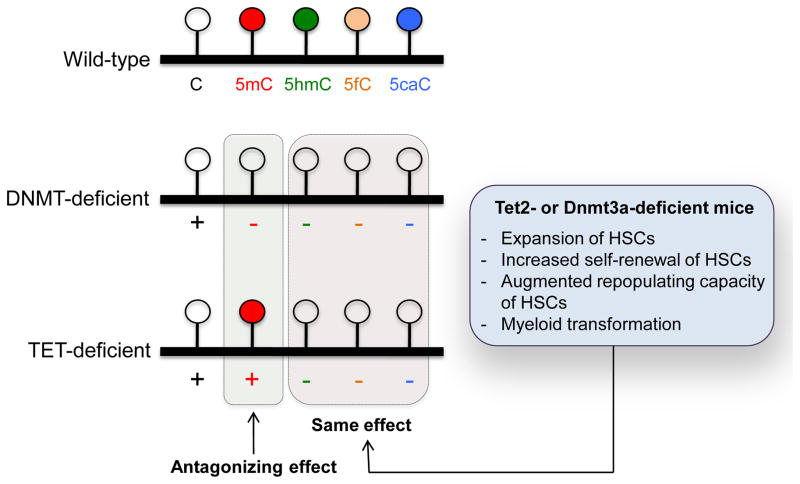Figure 3. Significance of loss of oxi-mCs in the pathogenesis of cancers.
In terms of 5mC, loss of TET function results in increased 5mC and so is antagonistic to loss of DNMT function, which results in decreased 5mC. However, in terms of oxi-mC, loss of TET and DNMT function have the the same effect, a decrease of oxi-mC. Given that ablation of Tet2 or Dnmt3a in HSCs displays similar effects such as expansion, increased repopulating capacity and myeloid transformation of HSCs in murine models, loss of oxi-mCs seems more likely to be relevant to malignant transformation in hematopoietic malignancies than alterations in DNA methylation.

